Diffuser Selection Guide
Diffusers are optical components used to evenly distribute light from a source while eliminating bright spots. A perfected diffuser should create Lambertian scattering where the radiance is independent of angle. With applications ranging from projector screens to targets in imaging applications it is important to understand which diffuser type is right for you.
Edmund Optics offers three types of diffusers based on the different types of optical diffuser materials: holographic, white diffusing glass, and ground glass. Please view the following chart for a brief evaluation of the diffusers.
| Type | Transmission | Scattering Ability | Price |
|---|---|---|---|
| Holographic Diffusers |
BEST
|
BEST
|
$$$
|
| White Diffusing Glass |
GOOD
|
BETTER
|
$
|
| Ground Glass Diffusers |
BETTER
|
GOOD
|
$
|
Selection Guide
The following selection guide provides helpful information detailing the pros and cons of each diffuser type.
| Holographic Diffusers | |
 Holographic diffusers are optics formed through holographic etching on polycarbonate material; the material is liquid glass for the fused silica option. The result is similar to a diffractive optical element, however the etching pattern is of a random arrangement. These optics are used to diffuse the illumination of filament lamps, LEDs, arc lamps, and other sources. Standard ground glass and white diffusing glass will produce diffuse illumination, but the diffuse light area will often exceed the requirements of the system. This over-illumination, associated with traditional diffusers, reduces efficiency and can often lead to added costs by requiring higher power illumination sources, lenses, and possibly filters. It is important to note that diffusing angles are given for a collimated input beam and angular divergence will vary for different incidence angle. View Product Transmission UV Scatter Profile |
|
| Pros | Cons |
|
|
| White Diffusing Glass | |
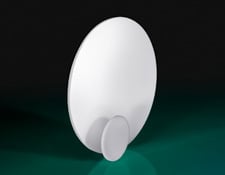 White Diffusing Glass is a semi-opaque diffuser designed to create even illumination profiles. Unlike alternative materials, which create their diffusive properties through a coating or lamination process, the White Diffusing Glass is a solid diffuse material, allowing it to be used in any orientation. Because the surfaces are polished, the reflected light will be somewhat specular, while the transmitted light will be near-Lambertian. White Diffusing Glass is ideal for creating even illumination as an attenuator or as a viewing screen. View Product Typical Spectral |
|
| Pros | Cons |
|
|
| Ground Glass Diffusers | |
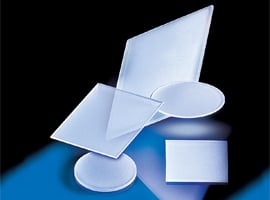 Ground glass diffusers are optical windows that are sandblasted to produce a rough surface that will scatter light. Edmund Optics uses a 120-grit or 220-grit sandblast specification for this series. The finer the grain (higher number) the better the transmission efficiency. However a coarser grain will allow for a wider diffusion pattern. Undergoing two orthogonal passes during this sandblast process yields an even diffusion across the surface. The scattering is a compromise of low scatter loss and medium diffusion. Typical applications include use in screens, illuminator diffusion, and targets. View Product Substrate Transmission |
|
|
Pros
|
Cons
|
|
|













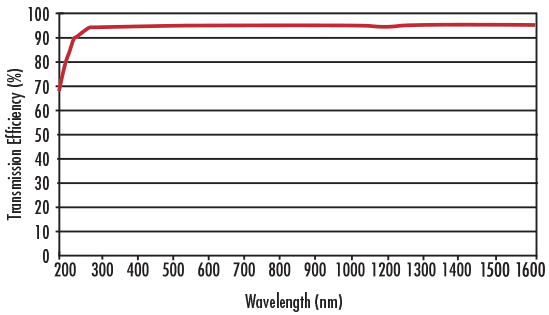
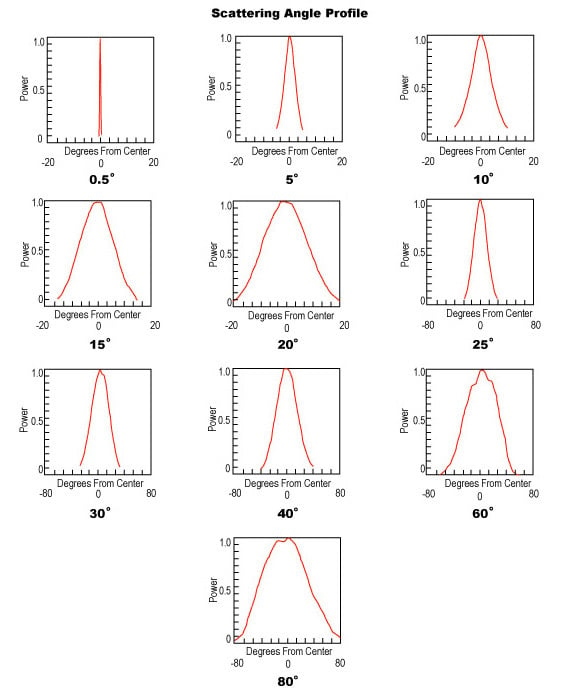
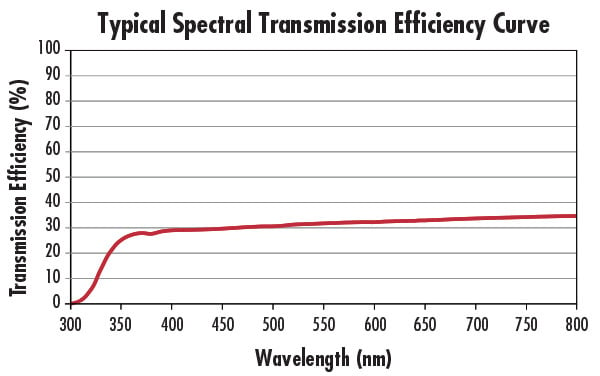

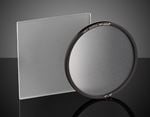
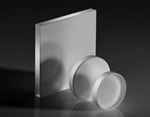
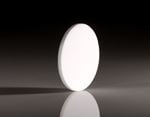
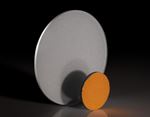

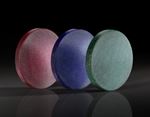

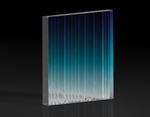
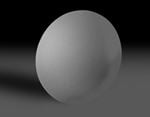

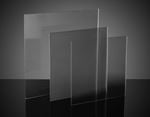
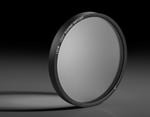
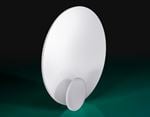
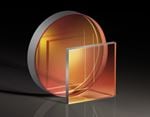
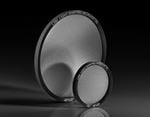
或查看各区域电话
报价工具
只需输入商品编号
Copyright 2023, 爱特蒙特光学(深圳)有限公司。— 广东省深圳市龙华工业东路利金城科技工业园3栋5楼 518109 - 粤ICP备2021068591号